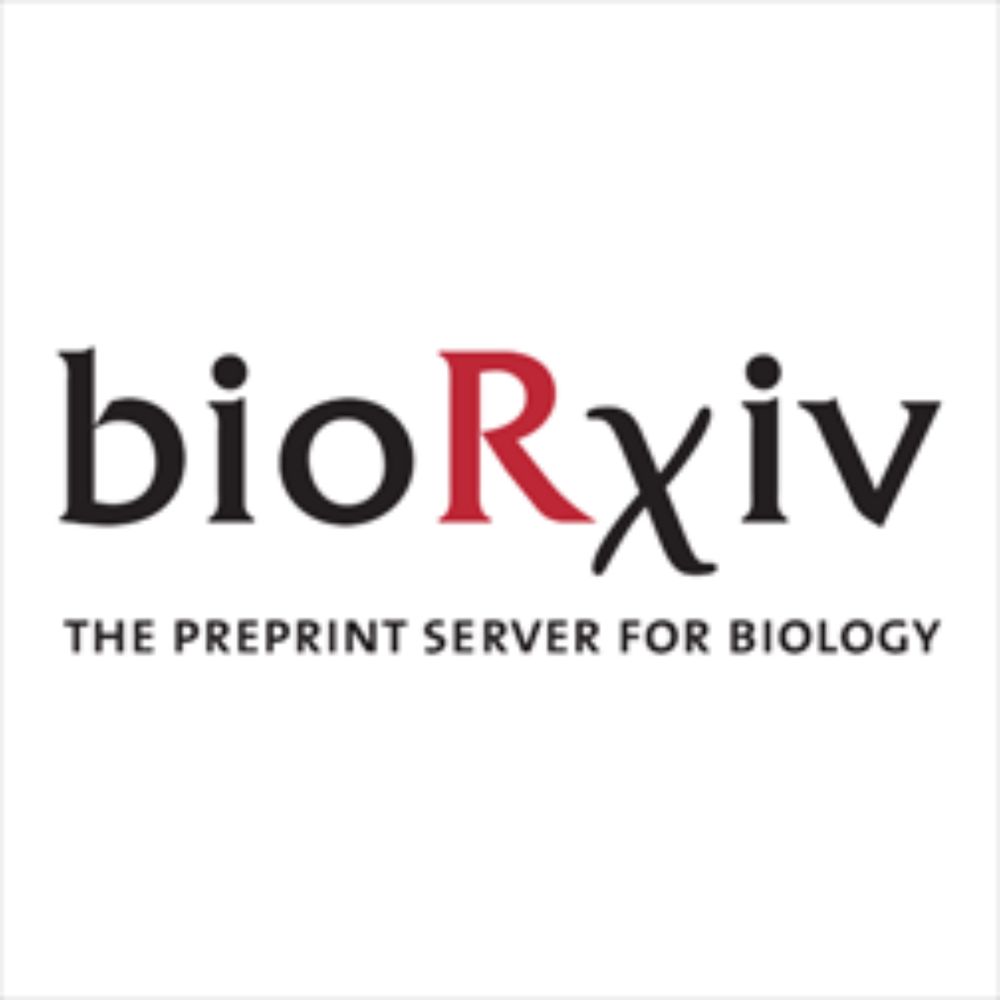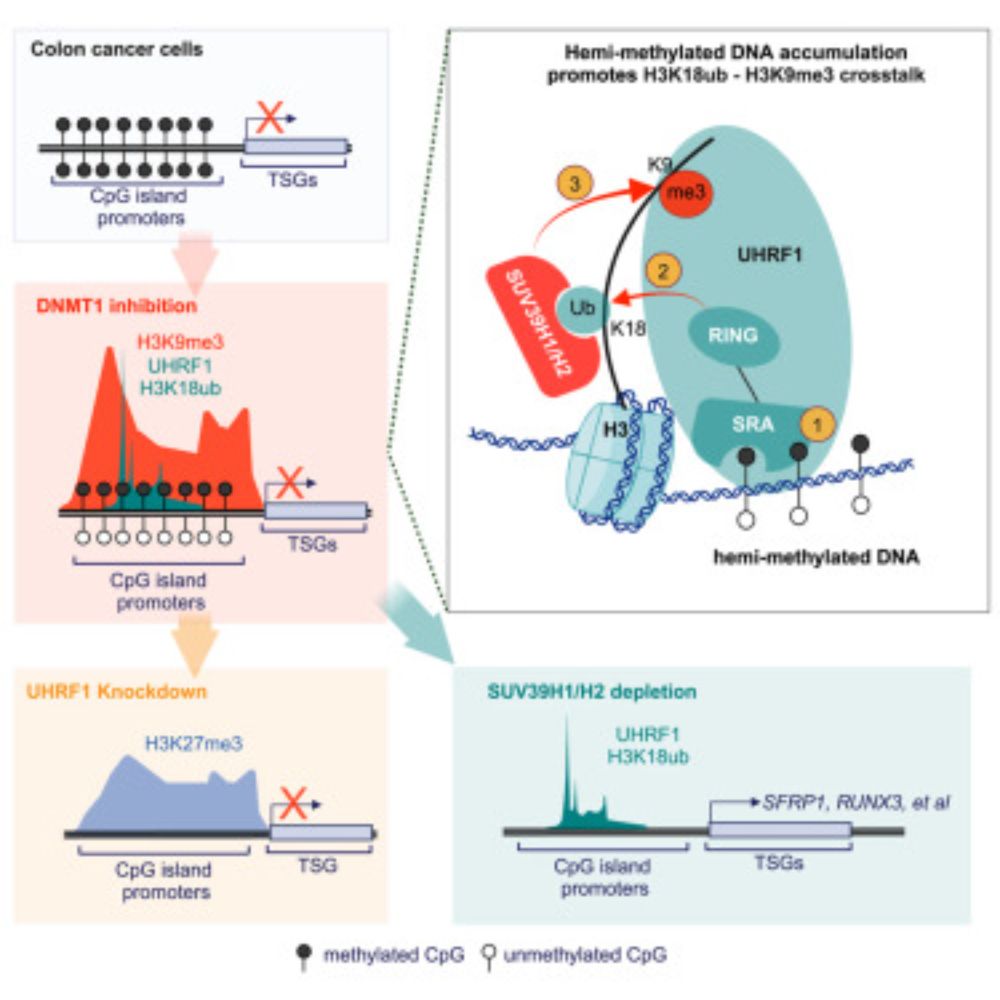

"Functional divergence of TBP homologs through distinct DNA binding dynamics" biorxiv.org/content/10.1...
Here, we examine how conservation is balanced with diversification throughout evolution, using TBP as a case study.
We very happy to share our latest work trying to understand enhancer-promoter compatibility.
I am very excited about the results of @blanka-majchrzycka.bsky.social, which changed the way I think about promoters
www.biorxiv.org/content/10.1...

We very happy to share our latest work trying to understand enhancer-promoter compatibility.
I am very excited about the results of @blanka-majchrzycka.bsky.social, which changed the way I think about promoters
www.biorxiv.org/content/10.1...
Our new preprint reveals how divergence in TBP’s domains shapes transcriptional specialization across eukaryotes.
Read it here 👉
www.biorxiv.org/content/10.1...
#MolecularEvolution #Transcription

Our new preprint reveals how divergence in TBP’s domains shapes transcriptional specialization across eukaryotes.
Read it here 👉
www.biorxiv.org/content/10.1...
#MolecularEvolution #Transcription



@narjournal.bsky.social
academic.oup.com/nar/article/...
Congratulations to Hazel Cui on outstanding work!
Keep an eye out for part 2 of this project 😎
@narjournal.bsky.social
academic.oup.com/nar/article/...
Congratulations to Hazel Cui on outstanding work!
Keep an eye out for part 2 of this project 😎
Read more: buff.ly/s966iZ1

Read more: buff.ly/s966iZ1
See full paper here! academic.oup.com/genetics/adv...
Thank you to the editors of Genetics for effiecient handling, and to the peer reviewers for excellent feedback
See full paper here! academic.oup.com/genetics/adv...
Thank you to the editors of Genetics for effiecient handling, and to the peer reviewers for excellent feedback

www.biorxiv.org/content/10.1...
A 🧵about what it can do:
#SynBio #DeepLearning #GeneRegulation

www.biorxiv.org/content/10.1...
A 🧵about what it can do:
#SynBio #DeepLearning #GeneRegulation

tinyurl.com/setd2
tinyurl.com/setd2
When you turn off transcription, cells die (duh!)... but did you know this happens due to loss of Pol II itself, not loss of Pol II activity!?!
preprint here and a thread (1/n): www.biorxiv.org/content/10.1...
🧪

When you turn off transcription, cells die (duh!)... but did you know this happens due to loss of Pol II itself, not loss of Pol II activity!?!
preprint here and a thread (1/n): www.biorxiv.org/content/10.1...
🧪
#FragileNucleosome
seminar of the year! We are excited to host Julia and Nithya, two amazing ECR scientists!
🗓️Don't forget to register: us06web.zoom.us/webinar/regi...

#FragileNucleosome
seminar of the year! We are excited to host Julia and Nithya, two amazing ECR scientists!
🗓️Don't forget to register: us06web.zoom.us/webinar/regi...

www.biorxiv.org/content/10.1...

www.biorxiv.org/content/10.1...

You can check out our pre-print here: tinyurl.com/27p7hyt9,
and listen to a Google AI-generated podcast on it here: notebooklm.google.com/notebook/d71...
You can check out our pre-print here: tinyurl.com/27p7hyt9,
and listen to a Google AI-generated podcast on it here: notebooklm.google.com/notebook/d71...
I never thought something so cell-essential would be regulated.
-> food for thought wrt editing cell types in various states.
We uncover how RNA Polymerase III (Pol3) dynamically regulates tRNA transcription during heat shock (HS) stress!
So what did we find? 🧵
www.biorxiv.org/content/10.1...

I never thought something so cell-essential would be regulated.
-> food for thought wrt editing cell types in various states.
We uncover how RNA Polymerase III (Pol3) dynamically regulates tRNA transcription during heat shock (HS) stress!
So what did we find? 🧵
www.biorxiv.org/content/10.1...

We uncover how RNA Polymerase III (Pol3) dynamically regulates tRNA transcription during heat shock (HS) stress!
So what did we find? 🧵
www.biorxiv.org/content/10.1...
www.nature.com/articles/s41...

www.nature.com/articles/s41...
www.nature.com/articles/s41... @natureportfolio.bsky.social

www.nature.com/articles/s41... @natureportfolio.bsky.social


direct.mit.edu/qss/article/...
A 🧵 1/n
#AcademicSky #PhDchat #ScientificPublishing #SciPub

direct.mit.edu/qss/article/...
A 🧵 1/n
#AcademicSky #PhDchat #ScientificPublishing #SciPub


